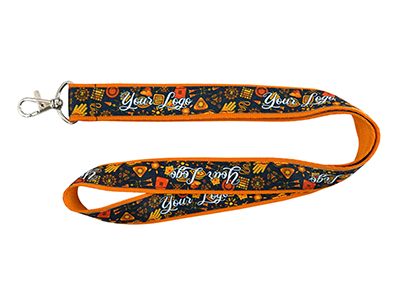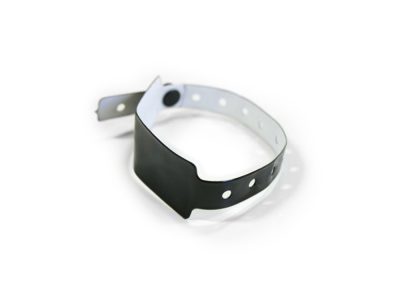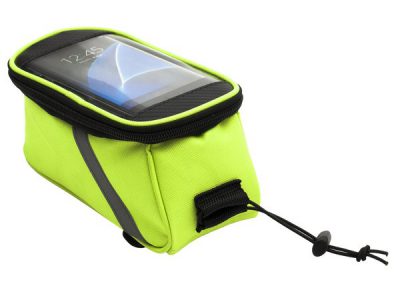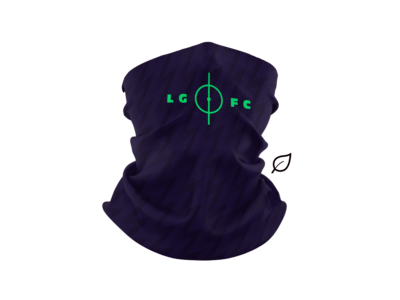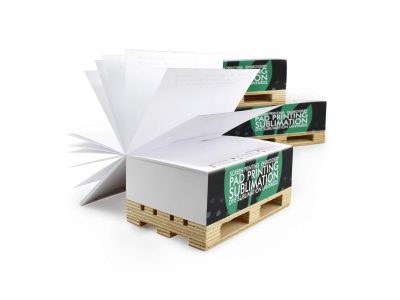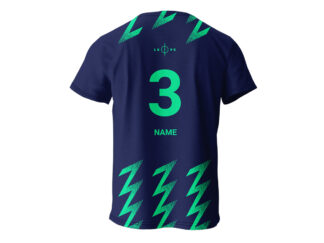Screen printing
The screen printing technique is a popular technique that offers many advantages and characteristic features. This printing method uses a special screen to transfer paint to the surface of the material. Here is some information about screen printing, along with its advantages, features, and some restrictions.
Advantages of this technique
Firstly, screen printing provides clear, sharp, and highly saturated colors. The digital printing technique enables accurate detail reproduction and precise pattern transfer to various materials.
Screen printing can be used on a variety of surfaces, such as fabrics, paper, wood, ceramics, metal, and plastic. It is an extremely versatile technique that allows printing on many materials.
Sieve prints are known for their durability and abrasion resistance. The paint penetrating the sieve penetrates the structure of the material, which makes the printing more durable and resistant to wear.
Thanks to the screen printing method, many colors can be printed simultaneously. However, each color requires a separate sieve, which can increase production time and costs with more complex designs.
Screen printing is particularly economical with high volumes. When printing many identical designs on the same materials, the screen costs can be spread over a larger number of prints, which reduces the unit cost.
Sieve printing technique
The first step is to prepare a pattern or image that will be moved to the sieve. This can be done using a variety of techniques, such as photocopying, light exposure, or manually applying the pattern to a sieve. The pattern must be exactly matched to the size and shape of the sieve to ensure precise ground mapping. Then sieves are prepared, which will be used to print individual colors. The sieves are made of a material with an appropriate mesh density and form a pattern. Screen printing may require the use of multiple screens, depending on the number of colors in the design.
The next stage is applying paint to the sieve. The paint is applied to the upper surfaces of the sieve and then evenly distributed using a rubber squeegee. The cancer moves over the surface of the sieve, wiping the paint and allowing it to penetrate the sieve’s eyes. When the paint is evenly distributed over the sieves, the sieves are placed above the ground on which the print is to be made. Then the paint is transferred to the ground by dragging the squeegee over the surface of the sieve. The paint penetrates the mesh of the sieve and bounces on the ground, creating a printout.
The screen printing process is repeated for each color in the design. Each color requires a separate sieve that is precisely positioned to match the pattern. After printing all colors, the prints made with screen printing are properly recorded. Depending on the paint used, this may require drying, hardening with heat, or other fixing processes.
The final result is the final printout, which is characterized by clear, contrasting colors and high quality. Screen printing is characterized by high durability. Clothing made with screen printing is resistant to damage, moisture, and UV radiation. This also applies to other gadgets where the digital printing method was used.
Defects of printing technique
Due to the design of the screen, the screen printing process may have difficulty mapping liquid gradients and tonal transitions. This type of printing works best with designs with clear contours and colors.
With low volumes, technique can be expensive, especially because of the need to prepare a separate sieve for each color. In such cases, other printing methods, such as digital printing may be more cost-effective.
This technique can be time-consuming with more complex designs that require accurate matching and printing of many colors. This process may be more demanding and longer than other printing techniques.
In summary, this technique is a versatile printing technique that offers high quality, durability, and the ability to print on various materials. Although it has some limitations and requires specialist knowledge and skills, technique is still widely used in the advertising, clothing, packaging, and artistic industries due to its unique advantages and possibilities.
Showing the single result
Showing the single result

